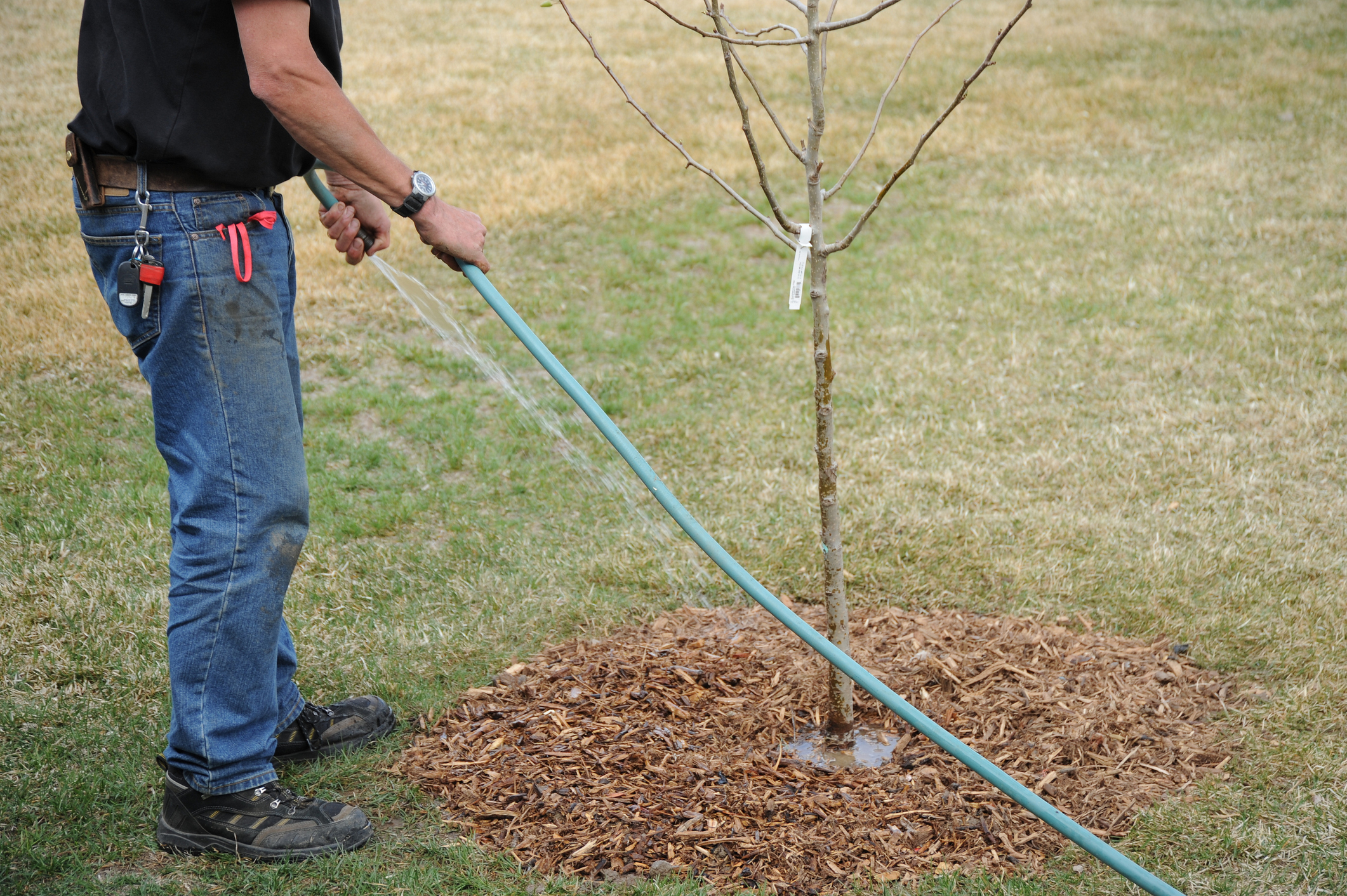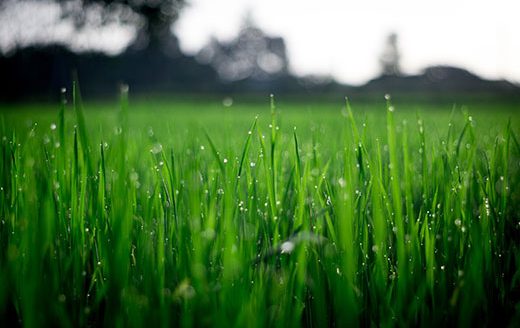Modifying soaker hoses can help reduce the cost of water, says K-State horticulture expert
As the temperatures climb into the 90s and above, most trees require more water, but more water means more costs. Kansas State horticulture expert Cynthia Domenghini says modifying soaker hoses can help homeowners save a few dollars.
“Soaker hoses are notorious for non-uniform watering,” Domenghini said. “In other words, you often receive too much water from one part of the hose and not enough from the other part.”
Patchy water application may not affect smaller trees, as the soaker will circle the tree several times, but can affect larger trees. For more uniform watering, Domenghini suggests hooking the beginning and end of the soaker hose to a y-adapter to equalize pressure and provide more uniform watering. The parts needed are just a y-adapter and a female-to-female connector.
“It is also helpful if the y-adapter has shut-off valves so the volume of flow can be controlled,” Domenghini said. “Too high a flow rate can allow water to run off rather than soak.”
The position of the hose can also make a difference. On larger trees, Domenghini said the soaker hose can circle the trunk at least half the distance to the drip line. On smaller trees, she said the hose can circle the tree several times so only the soil that contains tree roots will be watered.
To check if the watering is effective, Domenghini said the soil should be wet at least 12 inches deep. A metal rod or something similar can be used to check.
“Dry soil is much harder to push through than wet and your probe will stop when it hits dry soil,” she said. “How long it takes water to reach a 12 inch depth varies depending on the rate of water flow and soil.”
As a test when first watering the tree, record the amount of time it takes to reach a 12-inch depth of dampness. The tree can then be watered for that amount of time in subsequent watering.
Domenghini and her colleagues in K-State’s Department of Horticulture and Natural Resources produce a weekly Horticulture Newsletter with tips for maintaining home landscapes and gardens. The newsletter is available to view online or can be delivered by email each week.
Interested persons can subscribe to the weekly newsletter, or submit their garden and yard-related questions, by sending email to Domenghini at [email protected], More information also is available at your local K-State Research and Extension office.




